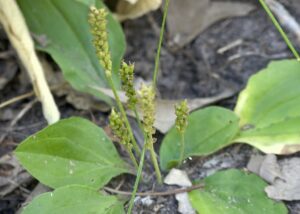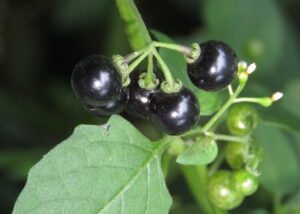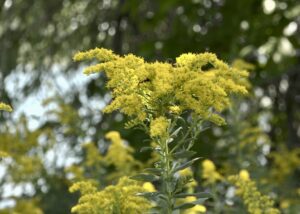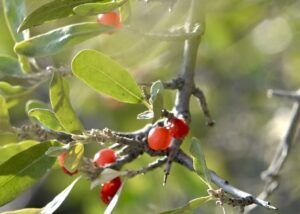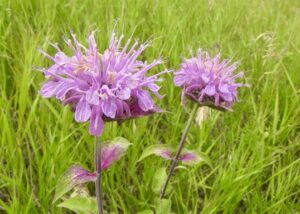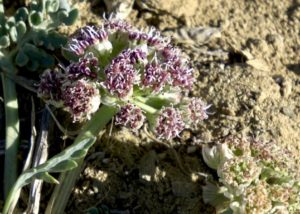Habitat
RiparianPlant Uses
digestive problems, improves heart function, macular degeneration, Prebiotic, Probiotic, rheumatic/arthritic symptoms, Suppresses tumor growthVideo Presenter
Melanie Smokey & John MionczynskiBlack Hawthorn
There are many species of hawthorn in the world and many varieties and cultivars produced as ornamentals for their beauty; as wildlife attractants; and for the unique scent of their flowers. But in the wild there are two very common species used by native people as powerful medicine, River Hawthorn (Crataegus rivularis) and Black Hawthorn (Crataegus douglasii). Both have black berries which were harvested sometimes with ceremony, as food and medicine. Added to soups, stews, and sauces these berries were called “old peoples’ medicine” by the Crows, who honored the trees before collecting the berries with a ceremony called the moccasin dance. The addition of these berries, flowers, or sometimes leaves to food prevented or at least forestalled the signs and symptoms of old age, from heart failure and arthritis to digestive problems and blindness (macular degeneration). Modern medicine has caught up with this ancient knowledge and identified a unique assemblage of antioxidants, principally OPC (oligomeric proanthocyanidin) which improves the integrity of the heart and circulatory system while also suppressing tumor growth, and acting as a prebiotic and probiotic for better absorption of nutrients through the intestines. The older we get the more we all need hawthorn!
Melanie Smokey (Western Shoshone/Washo) speaks of the traditional view of hawthorn as supporting all things related to the heart – all of the above as well as dealing with sadness, grieving, loss of loved ones, and emotions generally! Even stress related high blood pressure is reduced!
A note about hawthorn (sometimes spelled as hawthorne):
There are two things to be aware of when collecting hawthorn.
- Both the flowers (in spring) and the berries (in fall) are collected for medicinal teas and one needs to be very careful as hawthorns are known for their very sharp thorns that can be up to an inch and a half long. It’s hard to avoid being poked while harvesting from these trees. Sometimes these punctures become infected so remember to rub any poke with crushed berries or flowers as they are both antibacterial. On the plus side many animals utilize the thorny environment for shelter from predators. Deer bed down under them with their fawns, birds build their nest in them, etc.
- The attractive white flowers fill the air with a sweet fragrance that attracts a myriad of pollinators and which many people find pleasing. Other people find the odor offensive and there are others in the middle, who enjoy the sweet floral essence from a distance but up close can detect the smell of death! That’s because amongst the aromatic aromas produced by the flowers is a compound called trimethylamine, a chemical produced as a corpse begins to decompose. This odor helps the hawthorn attract carrion flies (blow flies) amongst the long list of pollinating insects and makes some people scrunch up their face in disgust.

